Laser Cutter for Wood and Metal Buying Guide
If you're reading this, chances are you've been dreaming of a single machine that can handle everything from intricate wooden signs to robust metal parts.
It's a fantastic vision. But here's the kicker: the world of laser technology isn't always a "one size fits all" scenario.
Traditionally, processing wood and metal with a laser meant needing two entirely different machines.
The good news is the future is coming, we're closer than ever! Let me walk you through what's truly possible and how to navigate this exciting landscape.
Understanding the Laser Performance in Different Materials
To truly appreciate the multi-material solutions, we first need to understand why processing wood and metal is so different for lasers.
It all boils down to the type of laser light used.
1. Engraving Metal Materials
For metal, fiber lasers are the top choice. Their 1064 nm wavelength is ideal for stainless steel, aluminum, brass, titanium, and coated or anodized metals. They deliver precise, high-contrast marks and deep engravings with speed and durability.
Infrared diode lasers can handle some coated or softer bare metals, but are less powerful than fiber lasers. Always check power output and add marking sprays if using non-fiber lasers.
2. Engraving Non-Metal Materials
For wood, acrylic, leather, glass, and paper, CO₂ lasers excel thanks to their 10.6 µm wavelength, cutting and engraving cleanly with smooth edges.
Blue diode lasers also work well for light engraving on wood, leather, or plastics at a lower cost. When choosing, match laser type and power to material thickness and finish quality.
The Solutions: Machines Designed for Both Wood and Metal
Given the distinct differences between CO2 and Fiber lasers, how do we bridge the gap and achieve true versatility with one machine? The industry has responded with clever engineering.
CO2 + Fiber Laser [Enterprise-Grade]
With both CO2 and Fiber lasers integrated, this machine provides the versatility to efficiently process a full spectrum of materials, from non-metals to metals.
Unfortunately, our market analysis shows that most dual-source models with CO2 and Fiber laser are enterprise-level and prohibitively expensive for our current investment criteria.

Blue Diode + Infrared Laser [Deskstop-Grade]
While industrial CO2 Fiber systems offer high power, desktop dual-laser engravers (combining blue diode and infrared) are a more practical and affordable investment for small operations.
They provide the key benefit of engraving versatility, capable of efficiently marking both metals (via IR) and organic materials like wood (via diode).
Product recommended: Falcon A1 Pro, xTool F1, SCULPFUN G9

All in All
The key difference between the two all-in-one types is the scale and power.
The CO2 + Fiber is an industrial-grade solution for cutting and marking heavy-duty materials, while the Diode + Infrared is a highly popular, low-power, and accessible solution for hobbyists and small-scale custom work.
What You Can Create: Material Capabilities and Applications
With a versatile dual-source laser system, your creative and production possibilities explode!
1. Wood
Cutting:
- The CO2 laser is the optimal choice for structural components and high-volume work, effortlessly handling thick hardwoods and MDF for items like custom signs, architectural models, and heavy furniture parts.
- For the desktop user, the Blue Diode laser offers an affordable alternative, capable of precisely cutting intricate decorative panels in thin materials like plywood, lightweight basswood, and balsa wood for jewelry, puzzles, and personalized gifts.
Engraving:
- Both laser types excel at engraving, but with a difference in scale and speed. The CO2 laser achieves stunning, deep detail on wood for high-end photos, logos, artistic designs, and large personalized items like cutting boards and awards at high speeds.
- The Blue Diode laser is perfect for achieving fine detail and stunning contrast in engravings on smaller personalized items such as coasters and keychains, albeit at a slower pace and shallower depth compared to its industrial counterpart.
2. Metals
Cutting:
- Metal cutting remains the domain of high-power Fiber lasers. These industrial-grade systems can precisely cut stainless steel, mild steel, aluminum, brass, and copper into complex parts for machinery, custom metal art, and stencils. The achievable thickness is directly limited by the laser's wattage.
- Infrared (IR) lasers cannot be used for cutting metal due to insufficient continuous power and wavelength absorption.
Engraving/Marking:
- This is where the choices diverge based on scale. The Fiber laser provides high-speed, deep, permanent, and tactile engravings on bare metals, perfect for industrial applications like marking tools, serializing parts, or adding branding.
- The Infrared (IR) laser offers a much more affordable desktop alternative, excelling at surface marking and light engraving on metals. It can permanently mark tools, create custom metal business cards, or add logos to coated metals (like anodized phone cases) or bare metals, providing a permanent solution without the massive investment cost of an industrial Fiber system.

3. Other Compatible Materials (CO2 and Blue Diode Laser)
Don't forget the vast array of other materials your CO2 laser can handle:
Acrylic: Cut and engrave clear, colored, and mirrored acrylic for signs, displays, awards, and intricate models.
- Leather: Cut and engrave leather for wallets, belts, patches, and fashion accessories.
- Fabric: Precision cut patterns for clothing, quilting, and appliqués.
- Paper/Cardboard: Create invitations, intricate cards, packaging prototypes, and stencils.
- Rubber: Make custom stamps and gaskets.
Choosing the Right Laser for Your Needs
Navigating this complex landscape can feel daunting, but by asking yourself a few key questions, you can narrow down your options significantly. Based on my experience, these are the critical factors:
1. What's Your Primary Material
Mostly Wood, Acrylic, Leather, Fabric?
- A CO2 laser is your best bet. You can use marking sprays for occasional metal marking.
Mostly Bare Metal (Cutting & Engraving)?
- A Fiber laser is non-negotiable.
Hobbyist Wood Engraving & Occasional Metal Marking?
- A Diode laser offers incredible value.
2. What's Your Budget
- Entry-Level/Hobbyist: Diode lasers are the most affordable.
- Mid-Range (Professional/Small Business): CO2 lasers offer a great balance of power and price for non-metals.
- High-End (Industrial/Commercial): Fiber lasers are a significant investment, with hybrid systems being the most expensive.
3. What's Your Main Application: Cutting vs. Engraving
Most lasers can do both on their compatible materials, but understanding the desired depth, detail, and speed is important.
For example, deep metal cutting requires much more power than surface metal engraving.
4. What Material Thicknesses Will You Work With
Diode lasers are limited to very thin cuts on wood.
CO2 lasers handle thicker wood and acrylic well.
Fiber lasers can cut impressive thicknesses of metal depending on their power (e.g., 1000W vs. 6000W).
5. What's Your Production Volume
Hobbyist or occasional projects?
- Diode or lower-power CO2.
Small to medium batch production?
- Mid-power CO2 or Fiber.
High-volume industrial production?
- High-power Fiber or industrial-grade CO2.
6. Workspace and Infrastructure
Do you have space? Power requirements (single-phase vs. three-phase)? Proper ventilation and fume extraction are non-negotiable for all laser machines.
Remember, laser fumes are toxic!
The End
The dream of a single laser machine for both wood and metal is no longer just a dream – it's a reality with dual-source hybrid systems.
From my perspective, these machines are game-changers for anyone looking to maximize their versatility and efficiency.
But don't rush the decision to purchase. With the right research and the right machine, you'll unlock a world of creative and production possibilities for your multi-material projects.


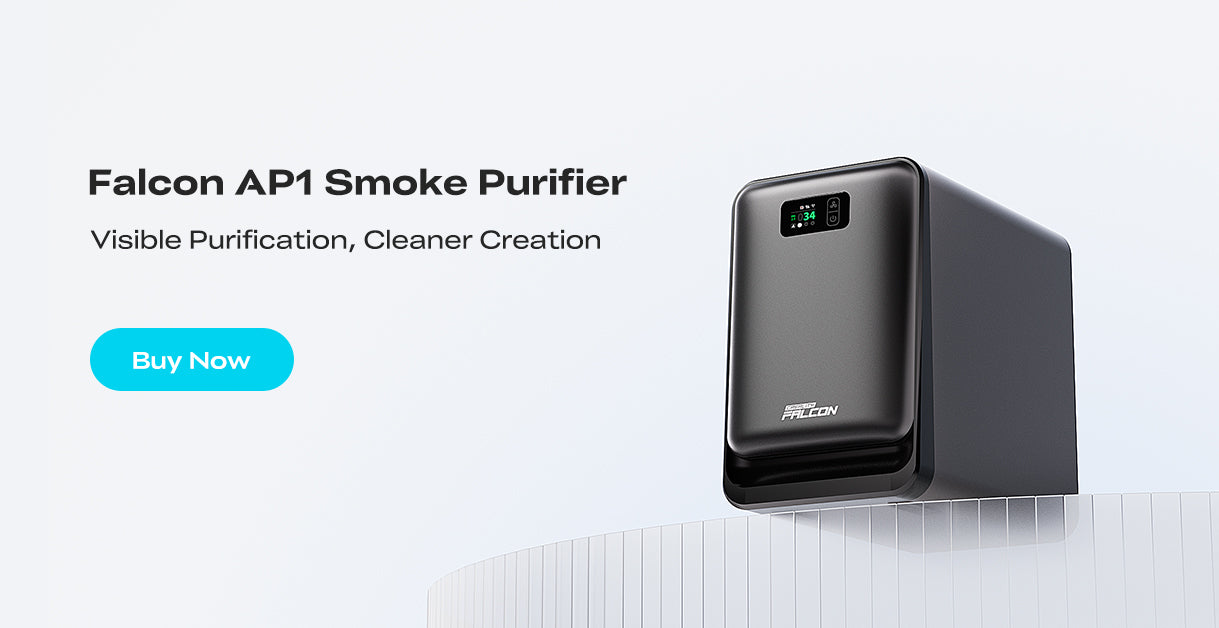



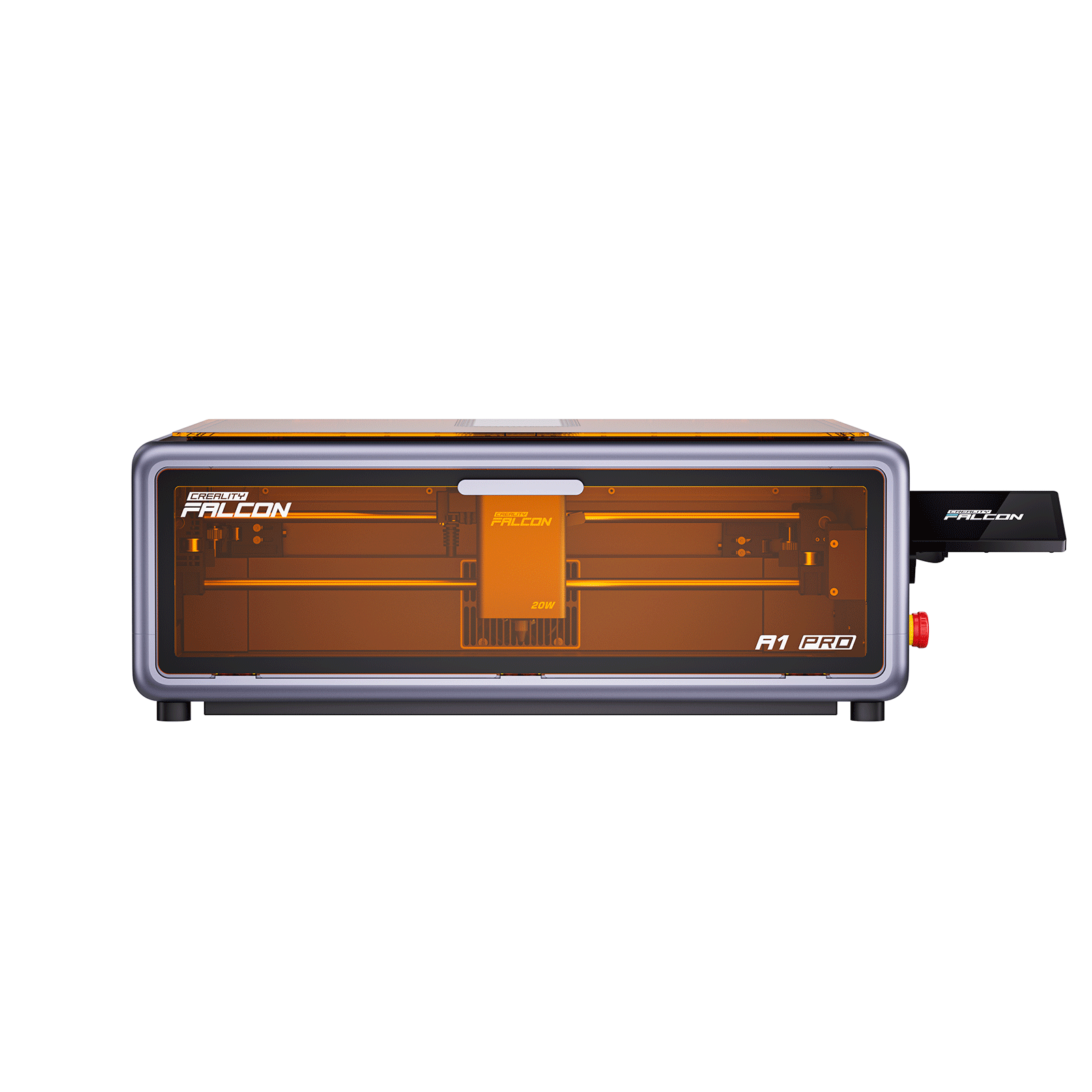


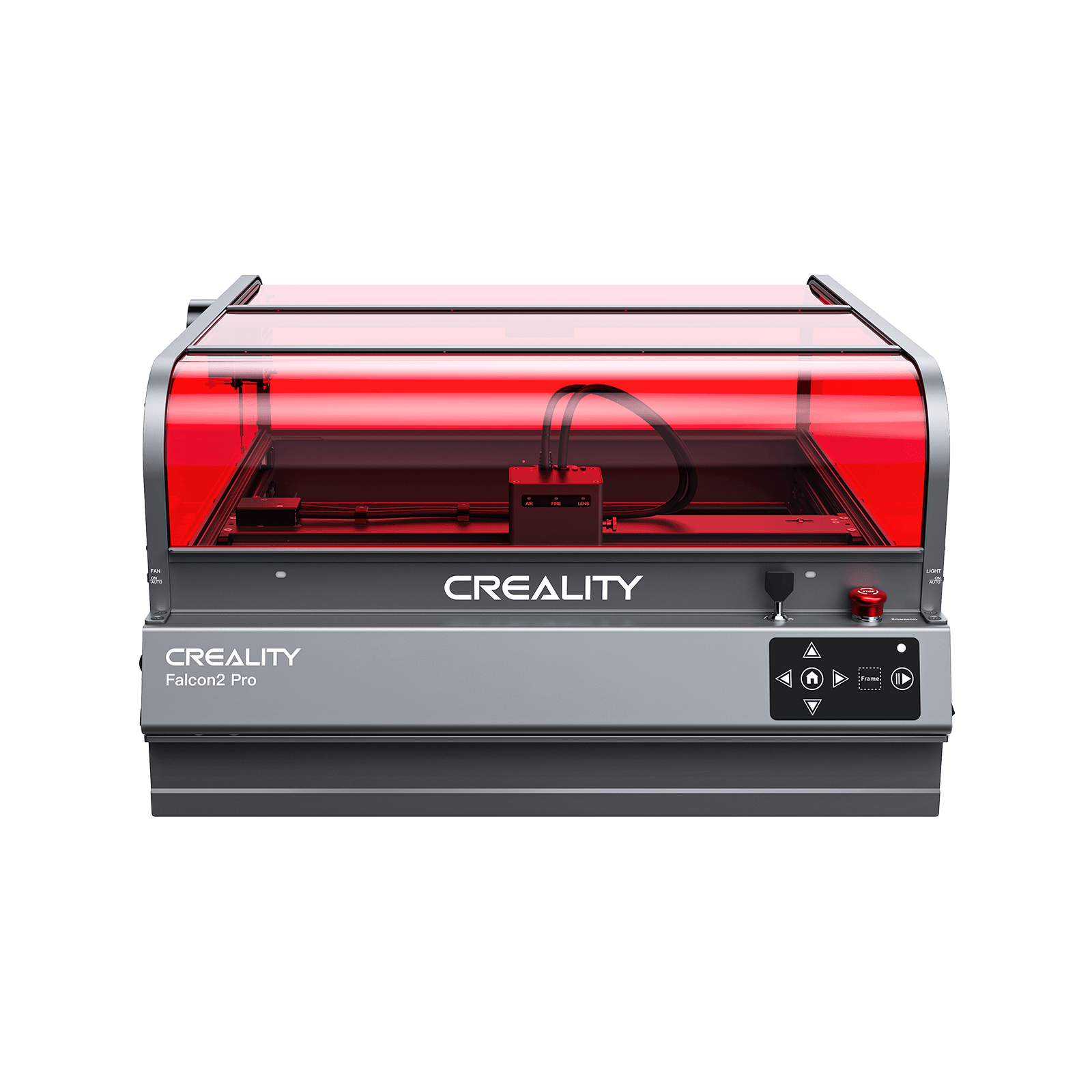






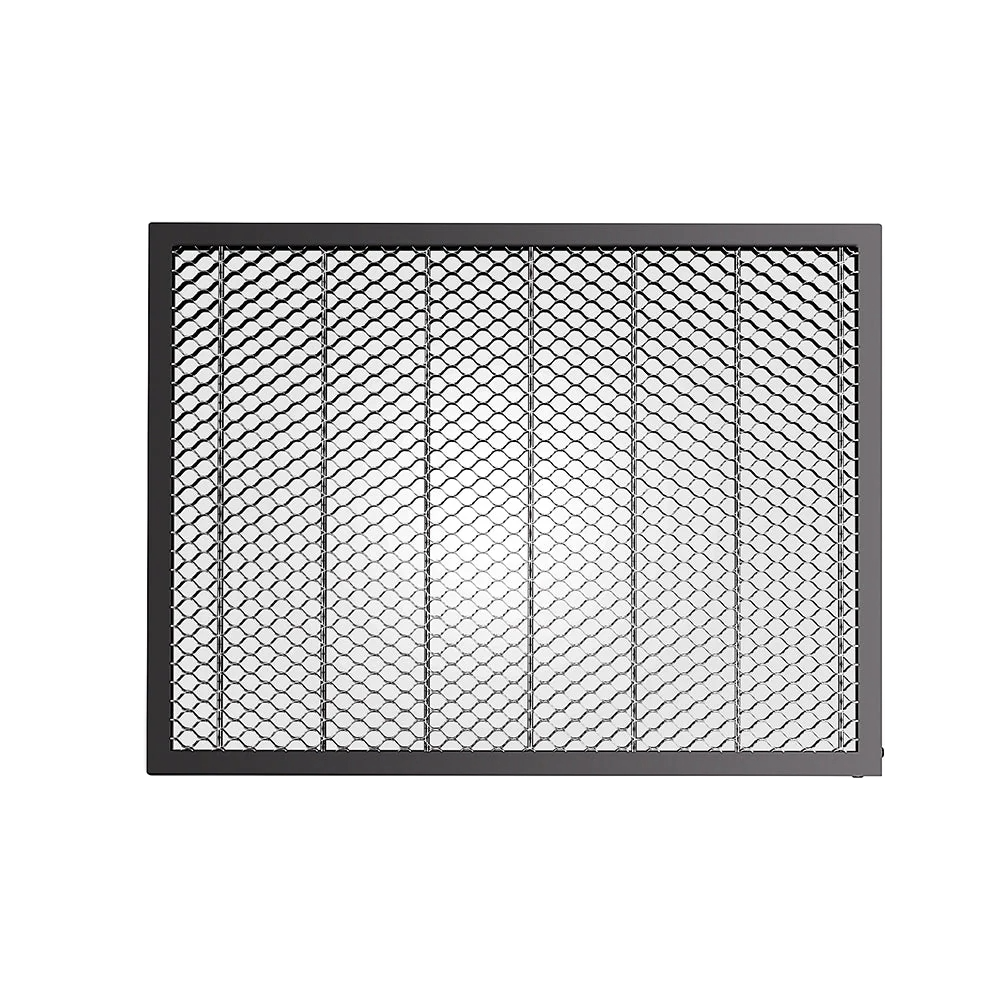







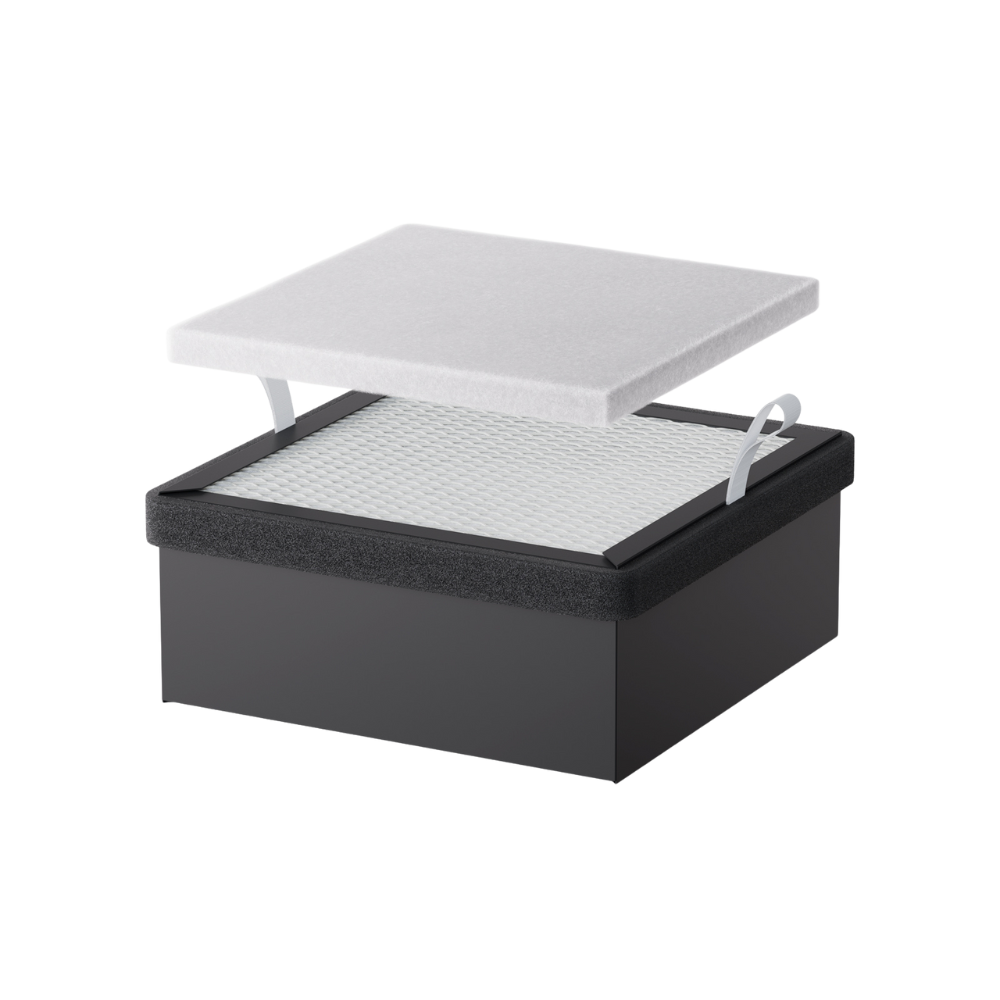







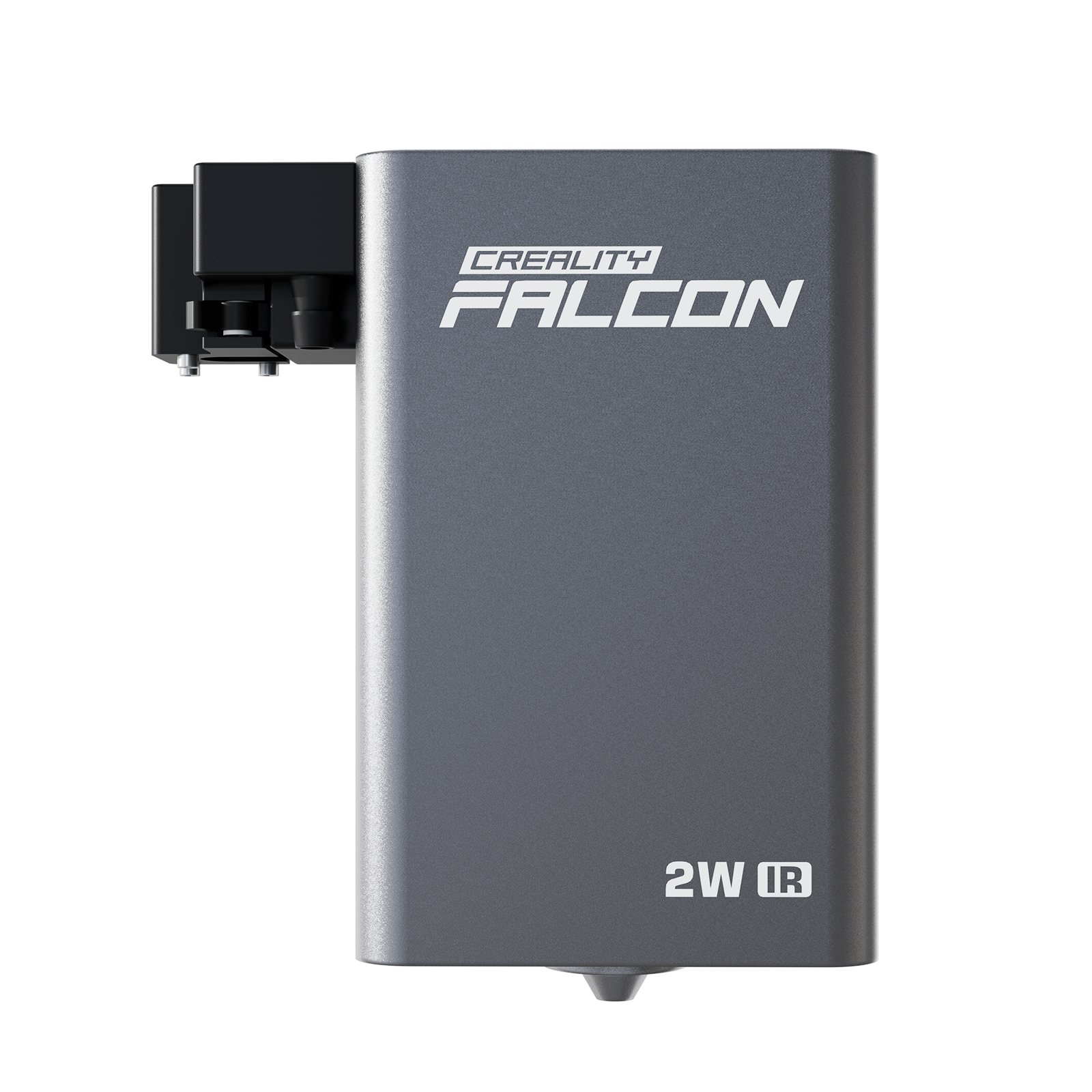







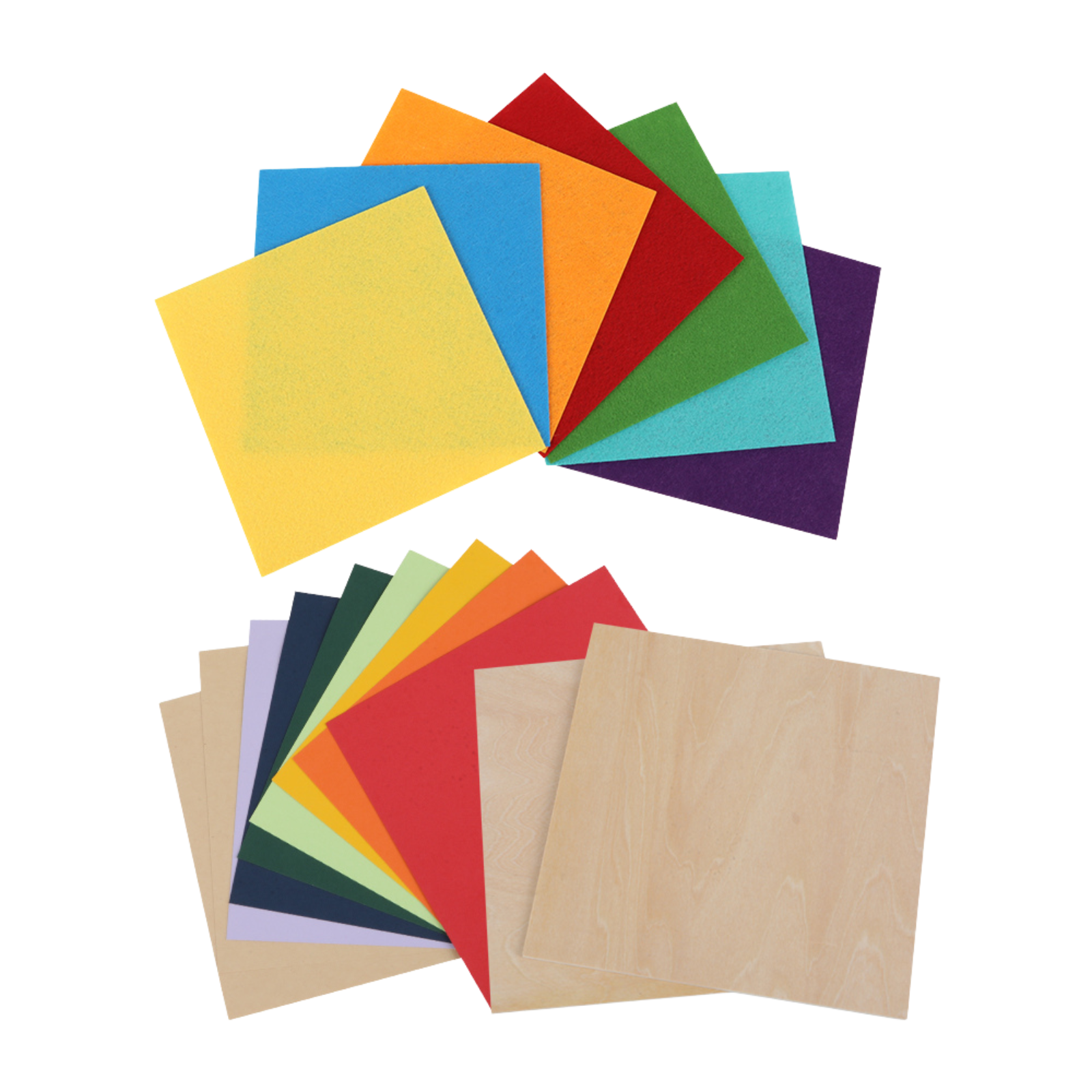
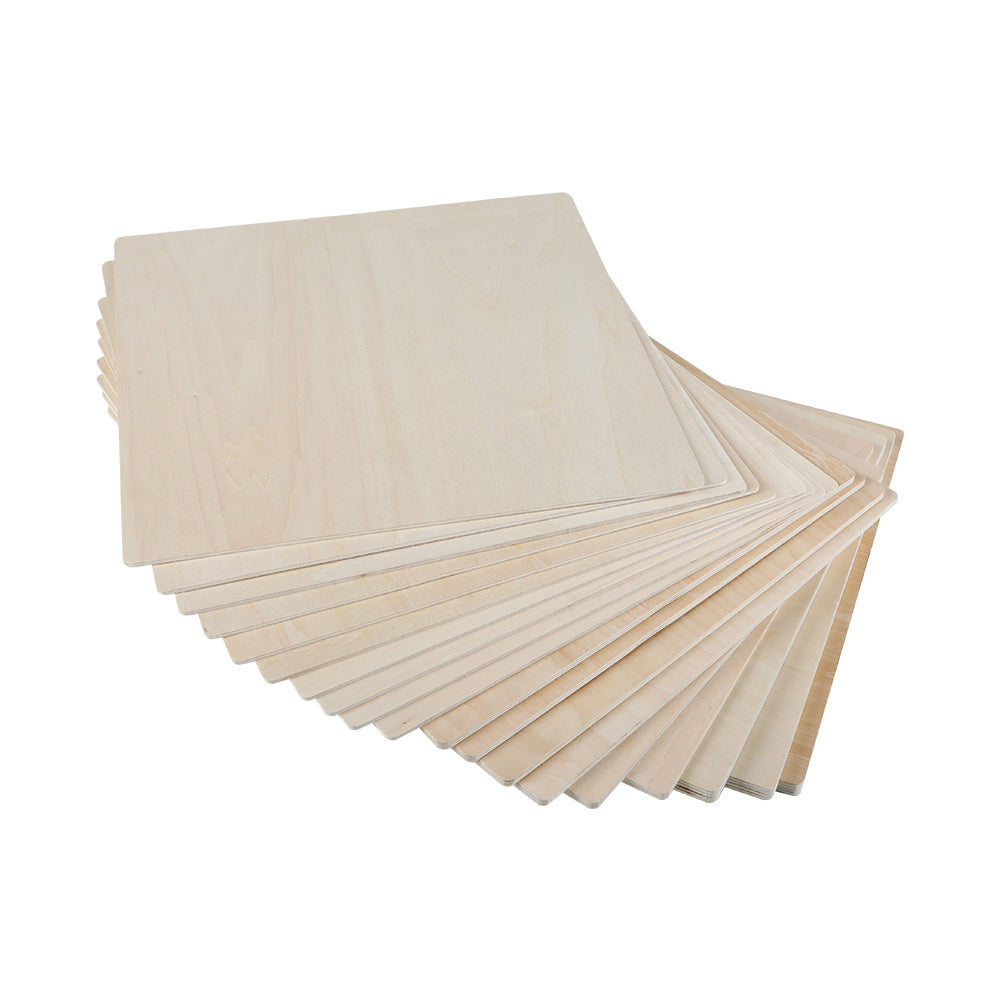




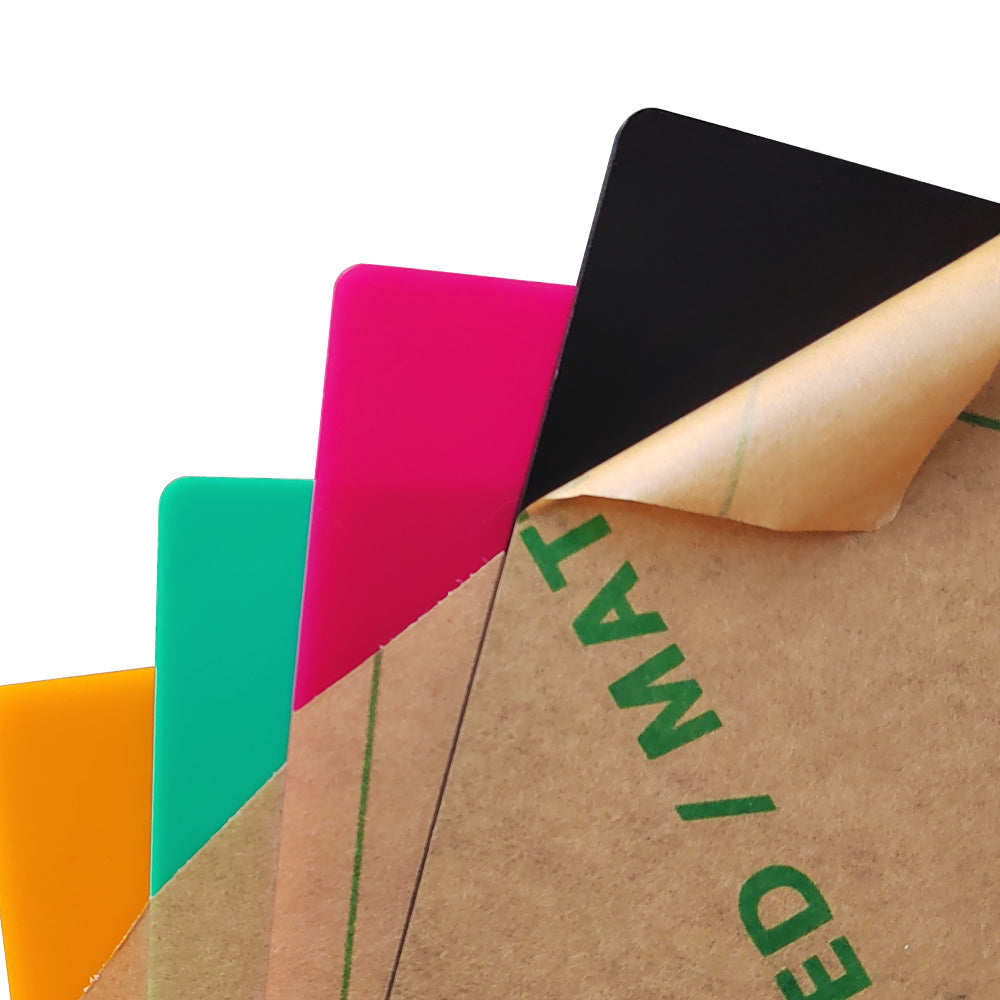




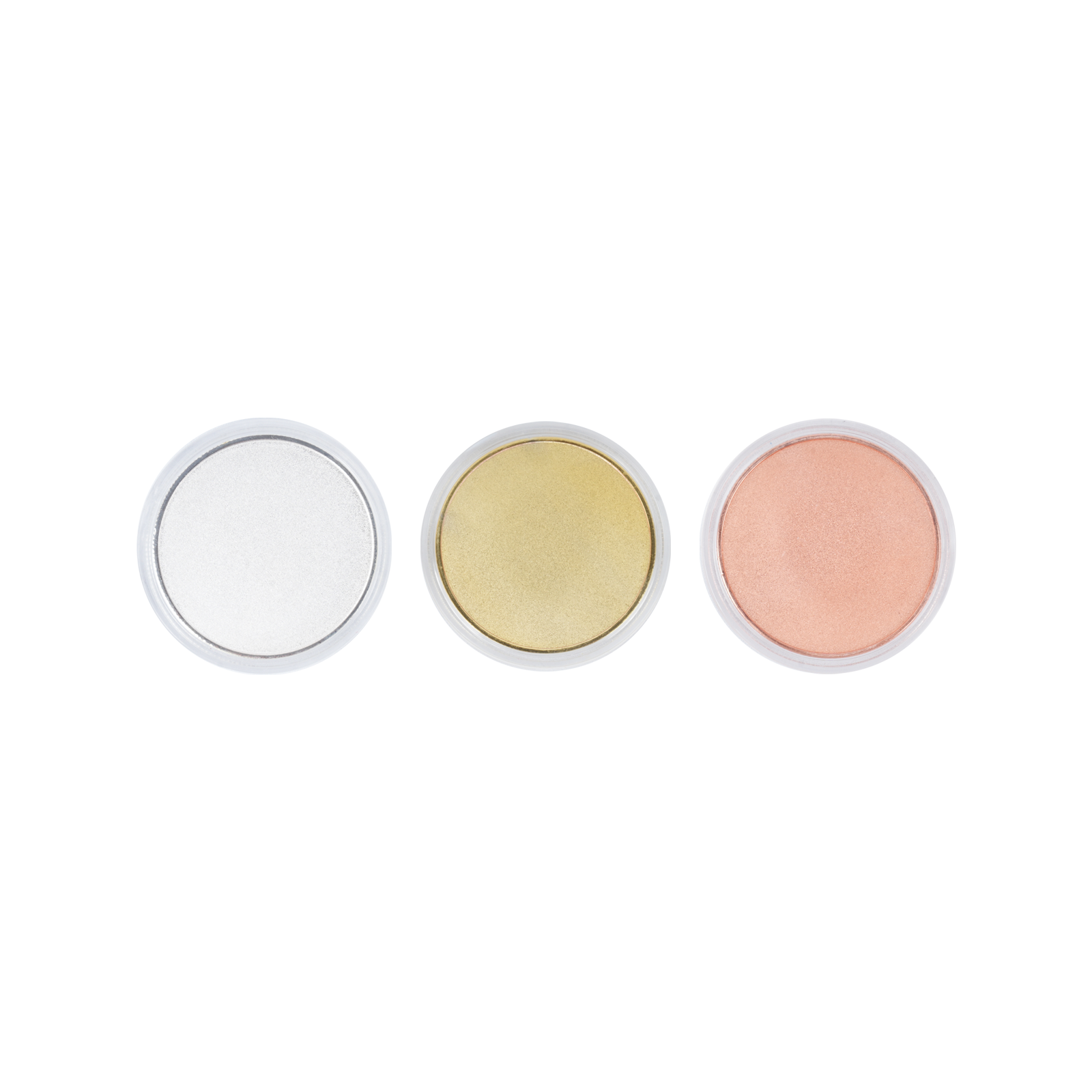
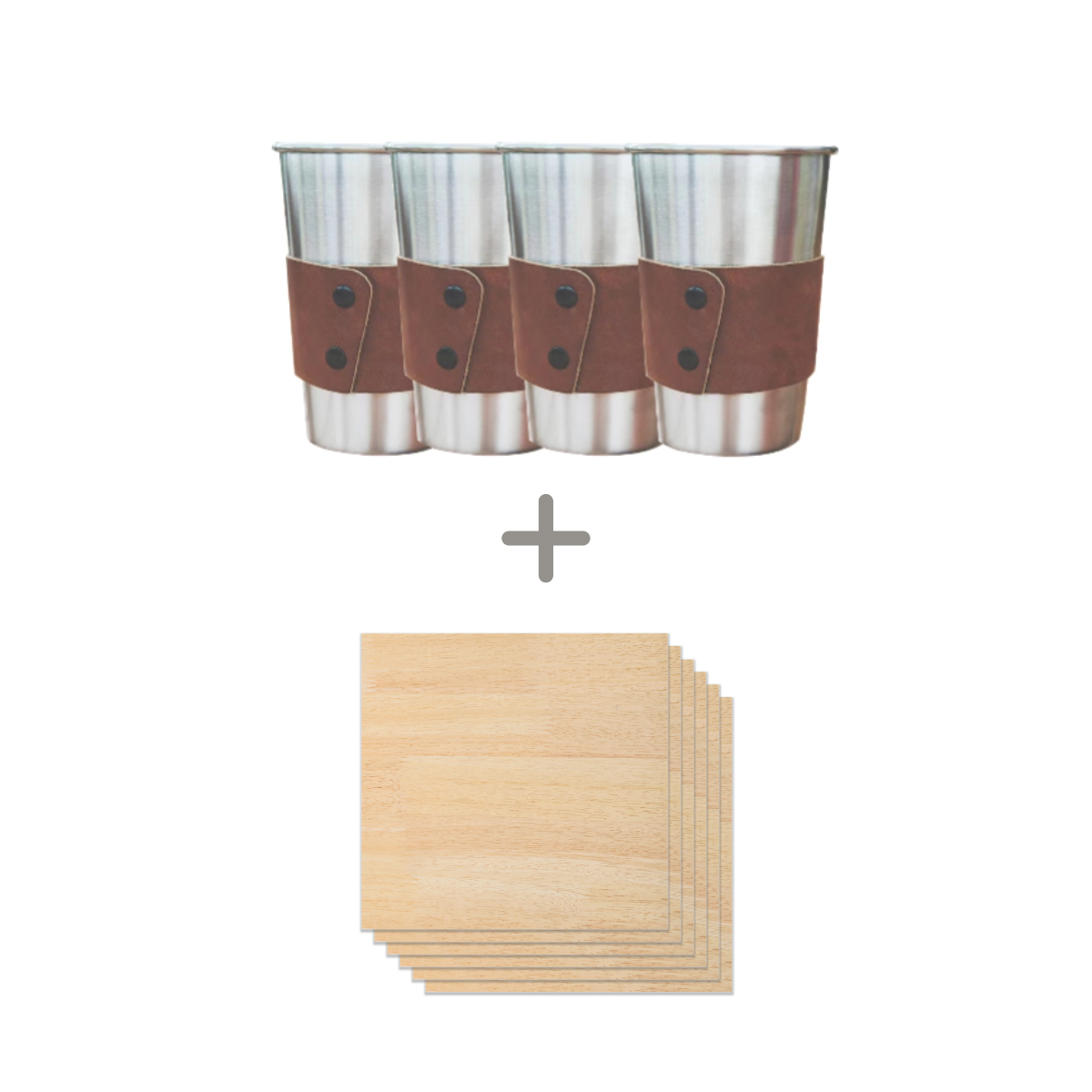
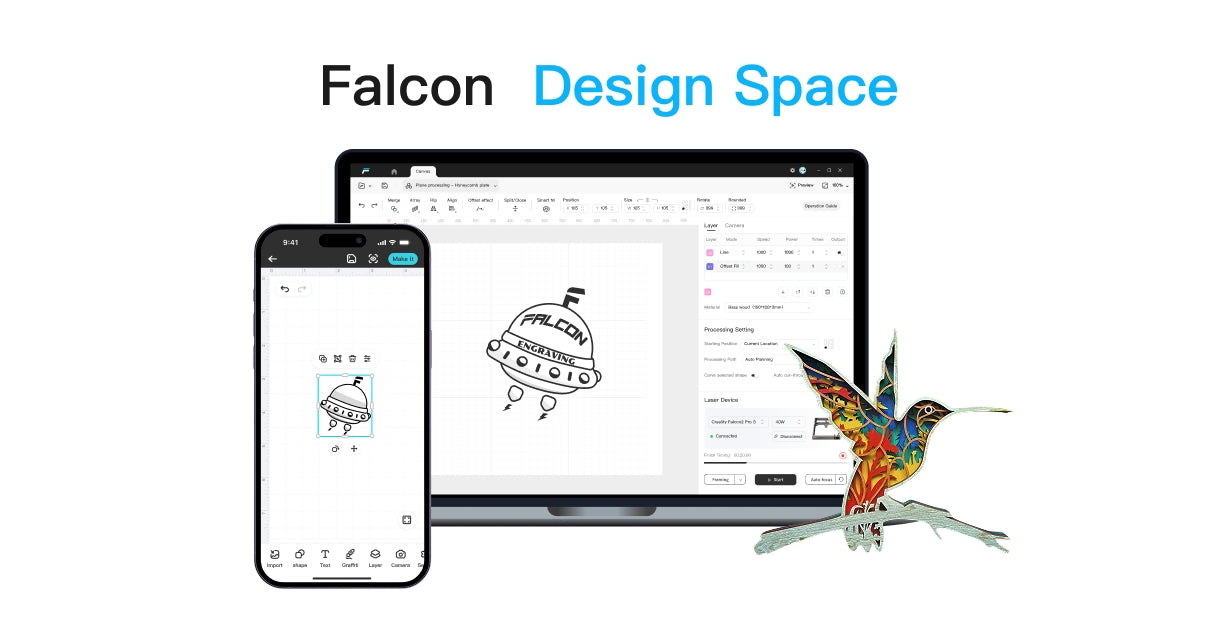
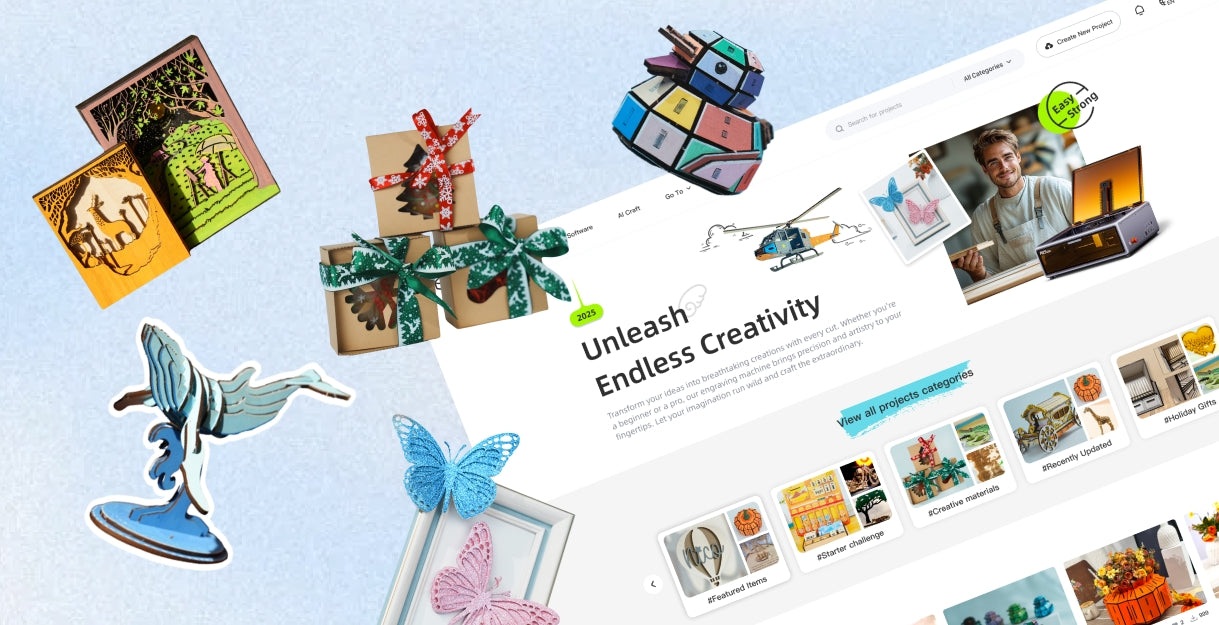



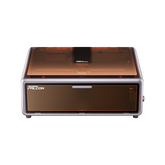
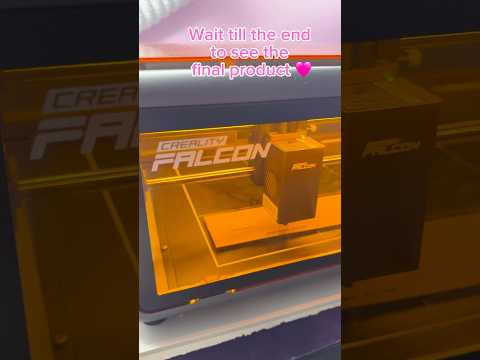
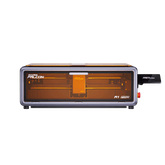
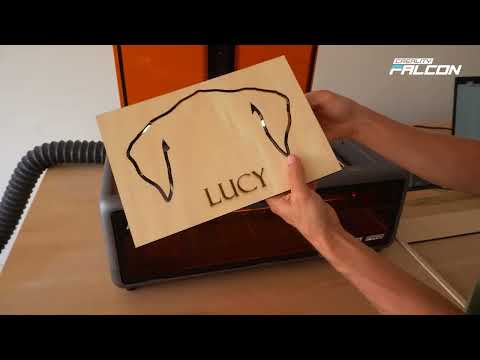
Leave a comment
Please note, comments need to be approved before they are published.